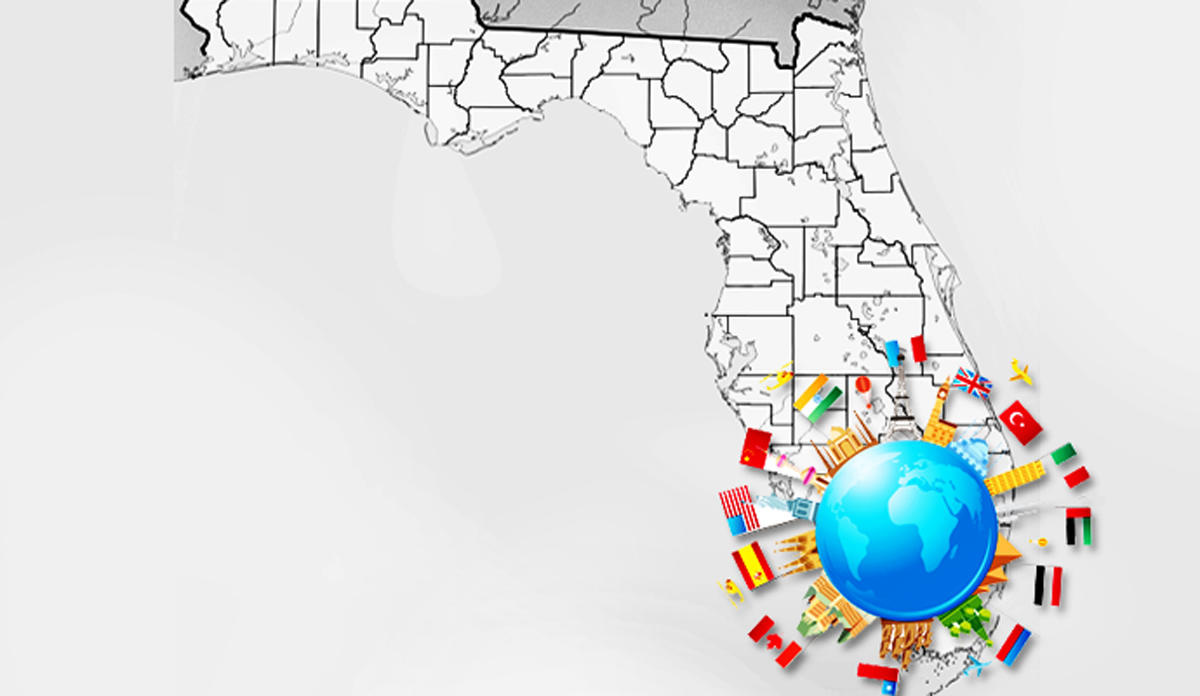Foreign investment in Florida homes fell over the past year, according to a report from the Florida Realtors.
Foreign buyers spent $22.9 billion between August 2017 and July 2018, down 5 percent from the previous year. They made up 19 percent of the market, compared to 21 percent a year earlier, and purchased 15 percent fewer homes, down to 52,000 properties.
Experts have attributed the drop in foreign investment in part to the strength of the U.S. dollar and weakened currencies in countries like Brazil and Venezuela. Brazil just elected Jair Bolsonaro, a far-right populist, as president, which could impact Brazilian investment into the U.S.
Realtors surveyed by the Florida Realtors said international buyers were challenged by the cost of property and exchange rates. Home prices in South Florida are still on the rise, although they have been increasing at a slower pace.
A stronger U.S. dollar also made Florida homes more expensive for foreign buyers from select countries, notably Venezuela and Brazil. When asked about challenges faced by their international clients, Realtors surveyed said top objections included “cost of property,” “could not find property,” and “exchange rate.”
More than half of international buyers, or 54 percent, in Florida chose to park their money in South Florida, according to the report. The Orlando, Kissimmee and Sanford market, along with Tampa, St. Petersburg and Clearwater, tied for the second-top market at 9 percent each.
Realtors throughout the state also reported a drop in business from foreign investors. Between August 2017 and July 2018, 41 percent of Realtors in Florida worked with an international client, down from 44 percent the previous year. Fewer Realtors said their international business increased annually — only 23 percent compared to 26 percent the year before.




